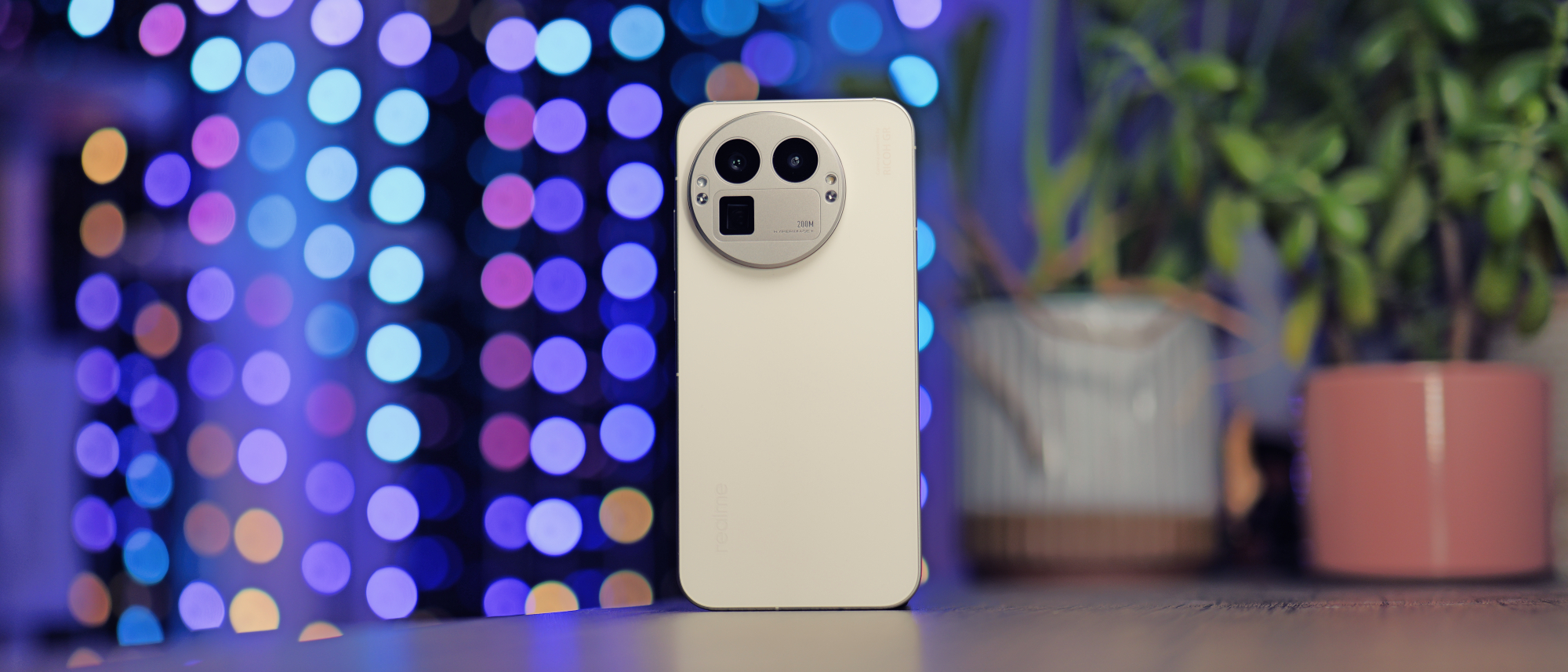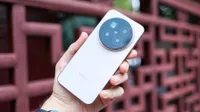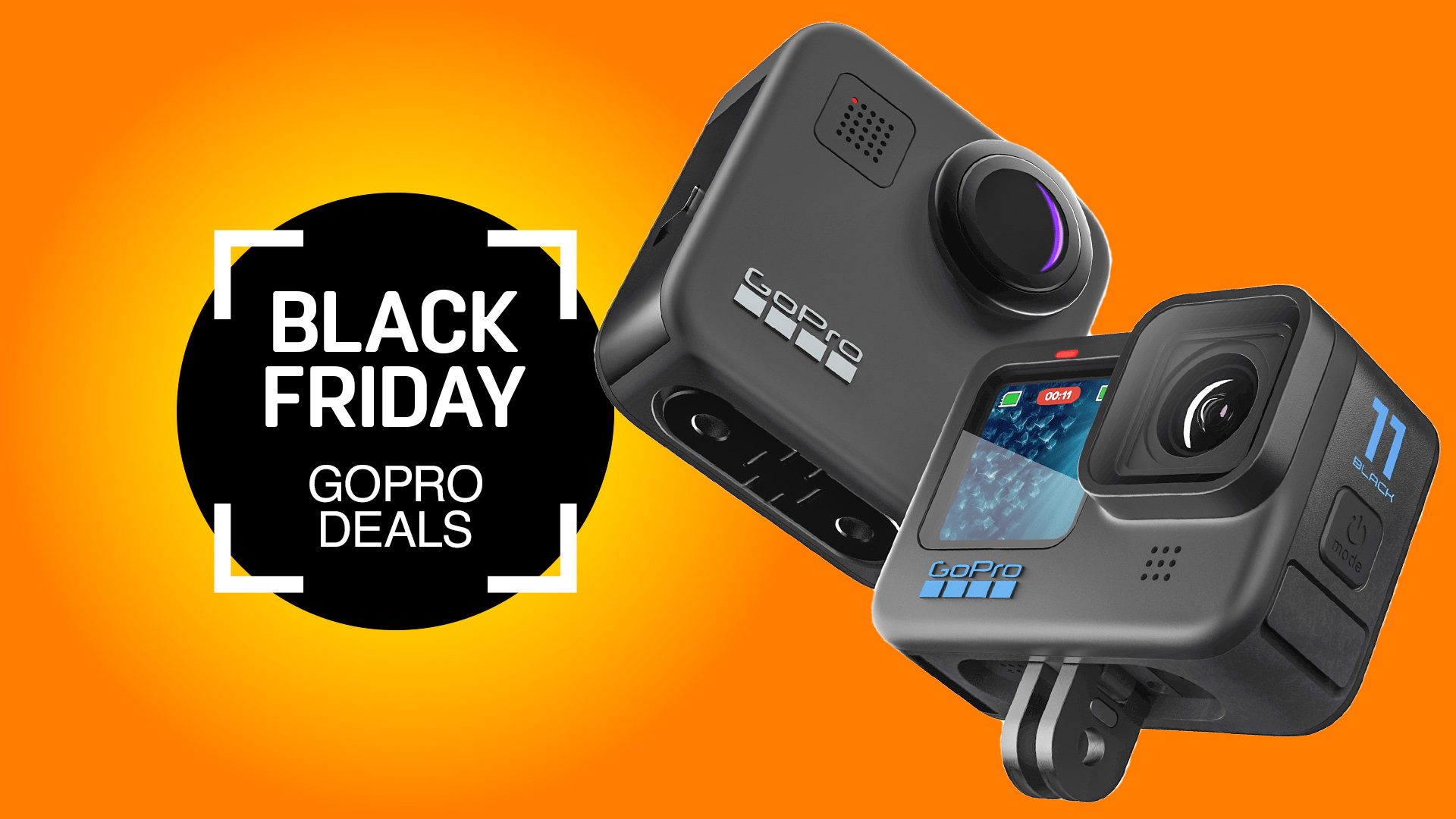Digital Camera World Verdict
The Realme GT8 Pro is a sub-flagship phone that aims to please everyone. It's super powerful for high-end gaming, has a massive battery and speedy charging, and thanks to a new partnership with Ricoh, the cameras are mighty impressive, too. The problem is, we don't yet know what it'll cost outside of India, and whether it's worth buying or not, all depends on what it'll cost you.
Pros
- +
Lovely 200MP telephoto camera
- +
New Ricoh GR mode is excellent
- +
Fun design with interchangeable elements
- +
Great software
- +
Speedy performance
Cons
- -
No AF on ultrawide and selfie cameras
- -
Can't use the telephoto in GR mode
- -
Global availability is somewhat limited
Why you can trust Digital Camera World
Until recently, I didn't have the highest expectations for Realme cameras, but that's something that has been quickly changing. The last few models I tested really impressed me, and after announcing a partnership with Ricoh, it would seem Realme is finally getting serious about camera performance.
The first product to benefit from this new partnership is the GT8 Pro, and it comes complete with a dedicated Ricoh GR mode in the camera app, as well as some impressive hardware, like a 200MP periscope telephoto camera.
The phone also features a unique design with swappable camera islands, a massive battery, and the fastest chip around - the Snapdragon 8 Elite Gen 5. On paper, it sounds like an exceptional handset, but what's it like to use? I've been using it for the past week to find out.
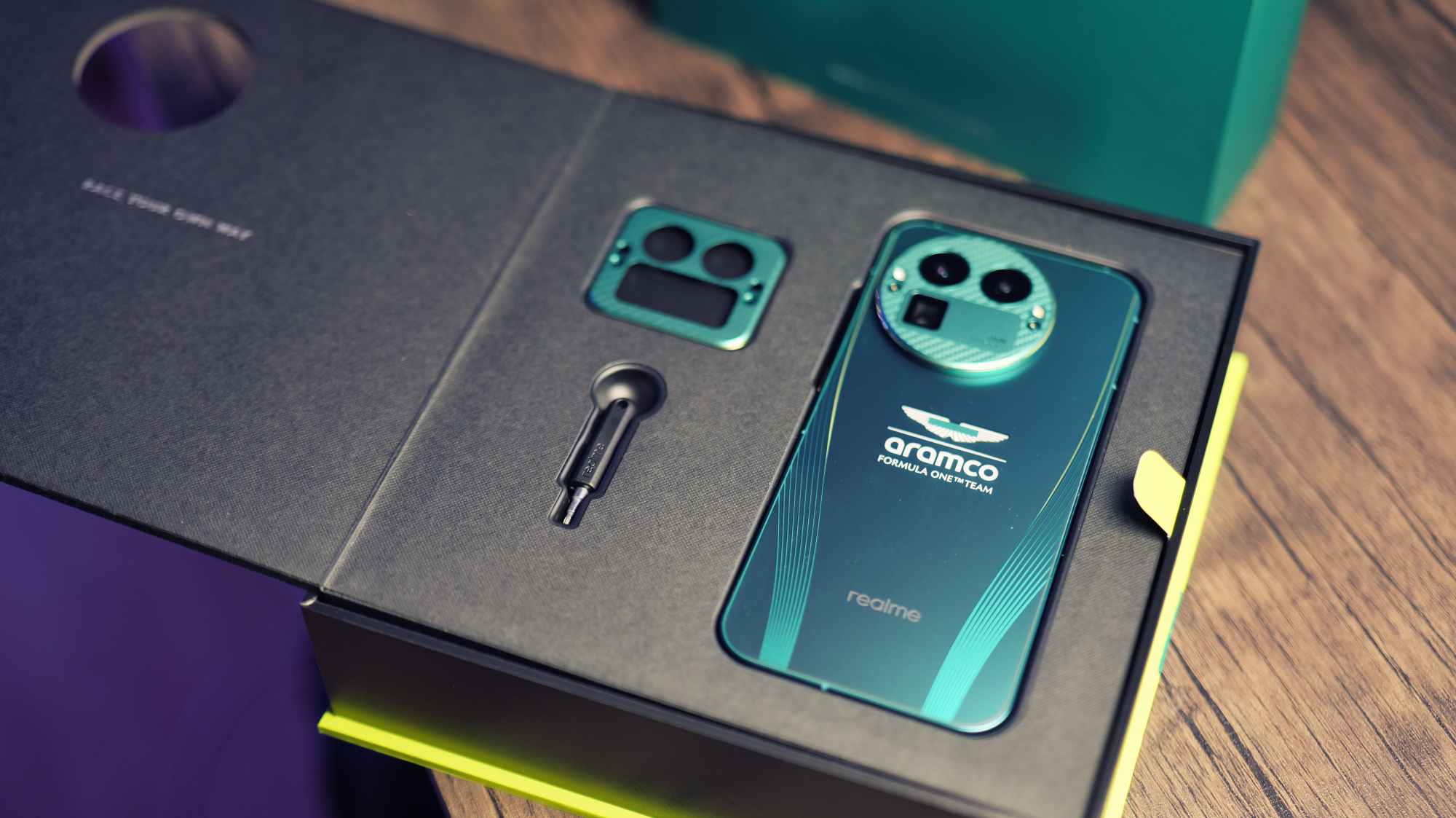
Specifications
Processor | Qualcomm Snapdragon 8 Elite Gen 5 |
RAM / Storage | 12GB+156GB / 16GB+512GB |
Screen | 6.79-inch 144Hz OLED 3136x1440 |
Wide Camera | 50MP f/1.8 (1/1.56-inch) |
Ultrawide Camera | 50MP f/2 (1/2.88-inch) |
Telephoto Camera | 200MP f/2.6 (1/1.56-inch) |
Front Camera | 32MP f/2.4 (1/3.1-inch) |
Video | Up to 8K30 / 4K120 |
Battery | 7000 mAh / 120W charging, 50W wireless |
Operating System | RealmeUI 7, based on Android 16 |
Size | 161.8 × 76.87 × 8.2 mm |
Weight | 218g |
Price
The Realme GT8 Pro is available in two variants for the global market. The base model comes with 12GB of RAM and 256GB of storage, and there's a more premium model with 16GB of RAM and 512GB of storage.
As usual, it won't be available in the States, and at this stage, it's unclear if it'll get a proper UK release - though we have seen certain models appear on Amazon UK, from time to time.
At the time of writing, only the pricing for India has been announced, and that usually differs quite dramatically from EU prices. In India, the 13+256GB base model will cost you ₹67999 (€665) and the 16+512GB model is ₹73999 (€724).
The special edition Aston Martin Aramco version is only available in select markets. It comes with 16GB of RAM and 512GB of storage, that's priced at ₹79999 (€782).
The best camera deals, reviews, product advice, and unmissable photography news, direct to your inbox!
A Realme representative told us the European pricing is likely to be revealed on November 24. Leaks suggest the pricing will be much higher in Europe, possibly starting at €1,099 / £999 for the base model, but time will tell how accurate that is.
Design & Handling
The Realme GT8 Pro has a truly unique design, wherein you can switch between a square camera island or a circular one, as you see fit. The camera island is made from metal and affixed with two small Torx screws. So, if you ever get bored with the look, or if you just can't decide which one you prefer, you can swap to your heart's content.
You can even use it without the face plate attached, and when you do so, the camera array looks like a robot head. It's a bit of a weird look, but I like weird, and part of me is tempted to leave the quirky undercarriage exposed.

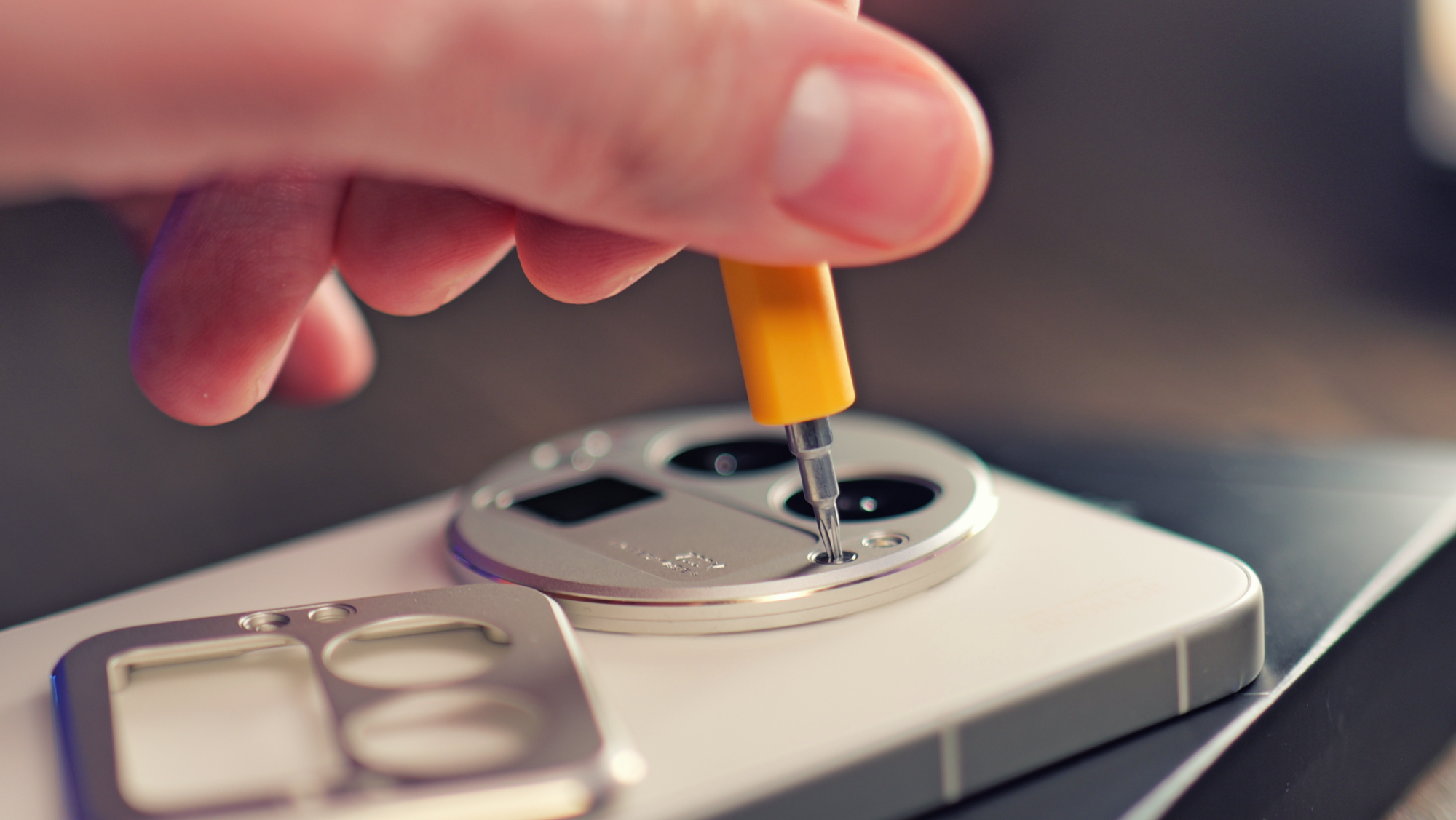
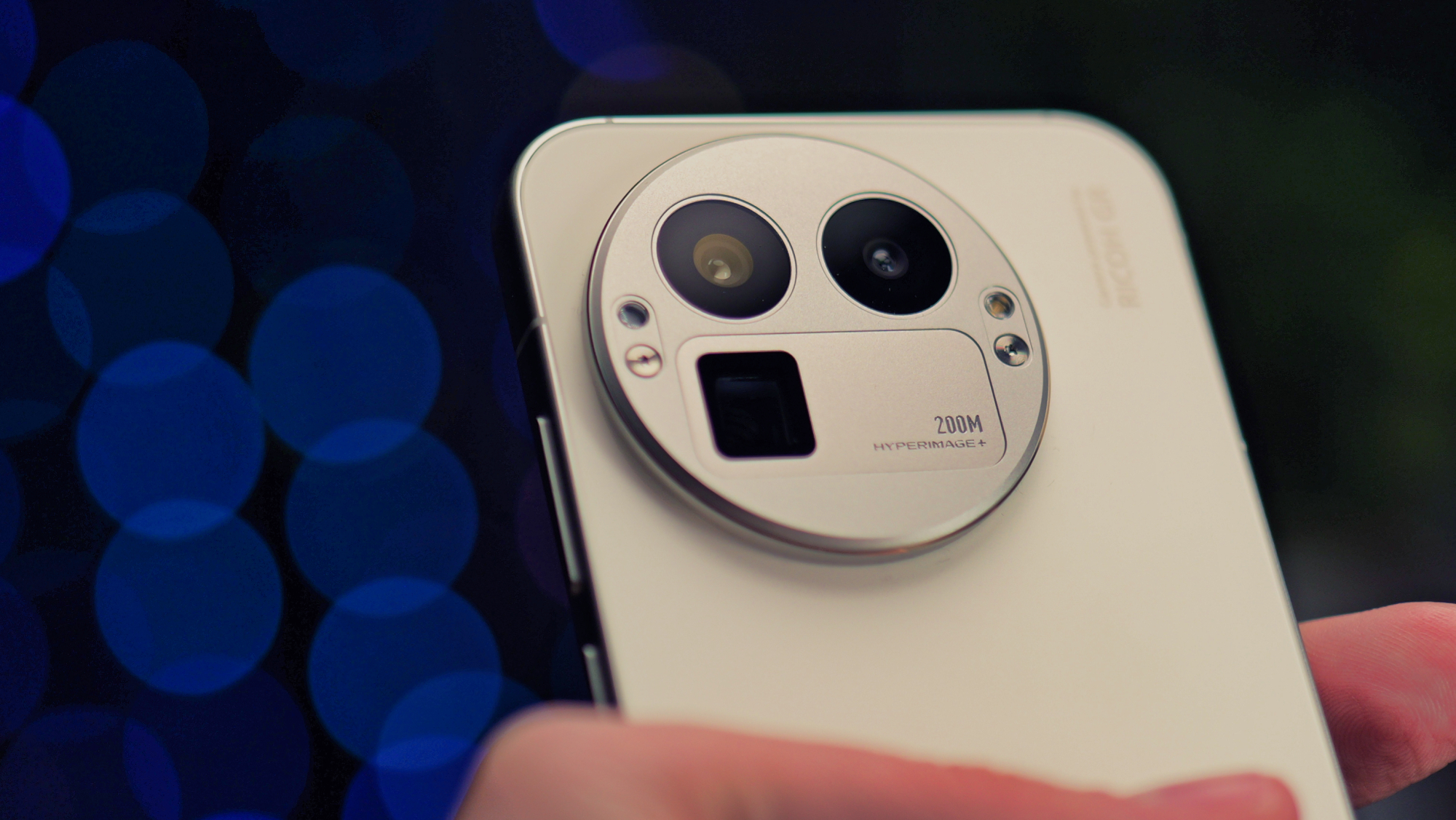
These modules are purely for aesthetic purposes, but they're novel and quite fun, so I'm on board. If you want something a little more functional, though, I stumbled across a competition that Realme is running on MakerWorld, encouraging users to design their own face plates for the GT8 Pro. There's already a ton of interesting projects on there, so if you have a 3D printer, you can add anything from filter threads to kickstands or even a bottle opener.
As standard, the phone is available in either Diary White or Urban Blue. I have the white version in for testing, which has the tried and true combination of a matte glass rear panel and a matte aluminium frame. The blue version, meanwhile, features what Realme calls a "paper-like leather finish" made from recycled plastics.
There's also a limited edition variant made in collaboration with the Aston Martin Aramco F1 team. This one is a little bolder, coming in a turquoise shade with a prominent Aston Martin logo and neon yellow accents. There's even an F1 car-shaped SIM ejector tool included in the box.
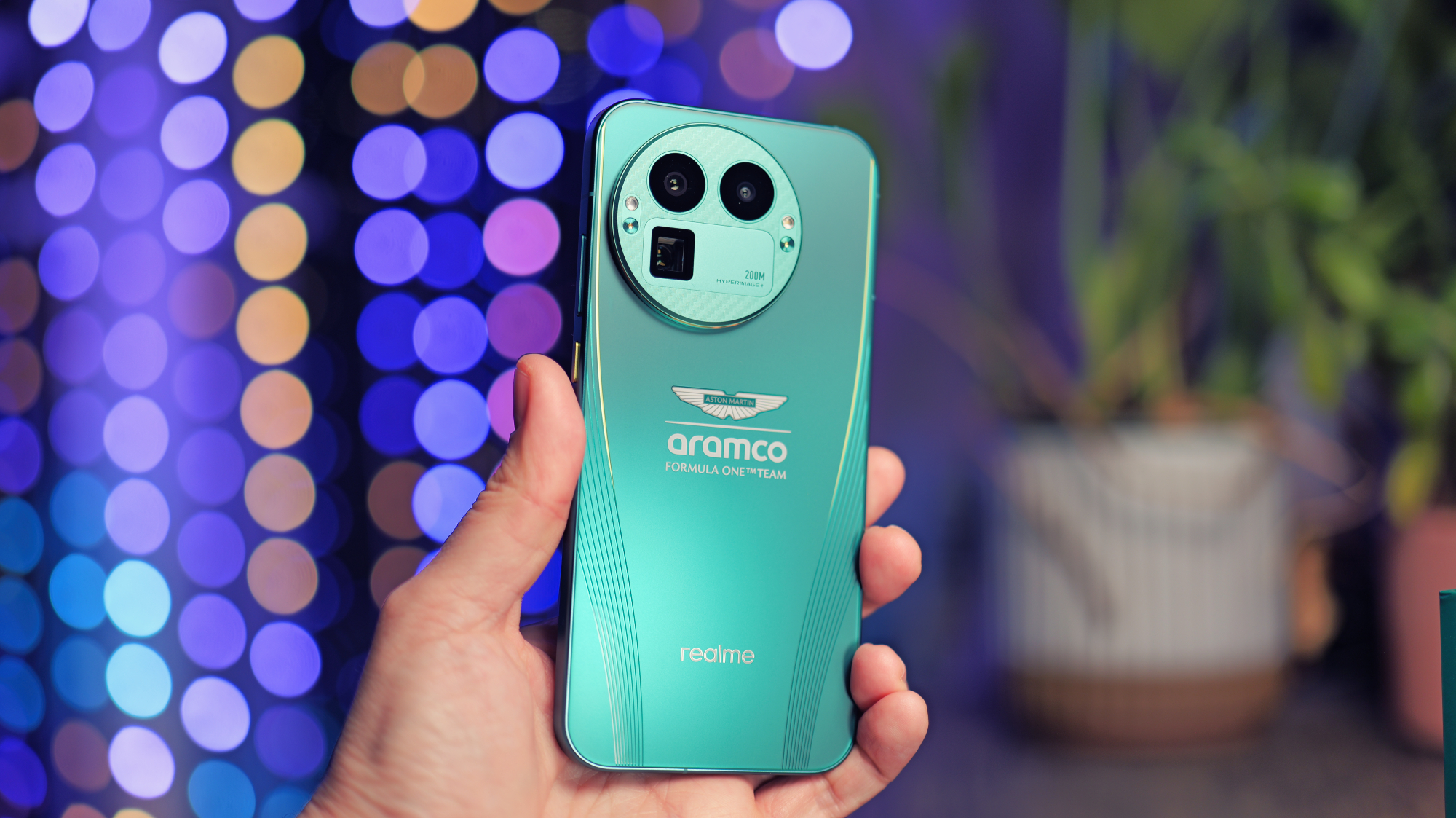
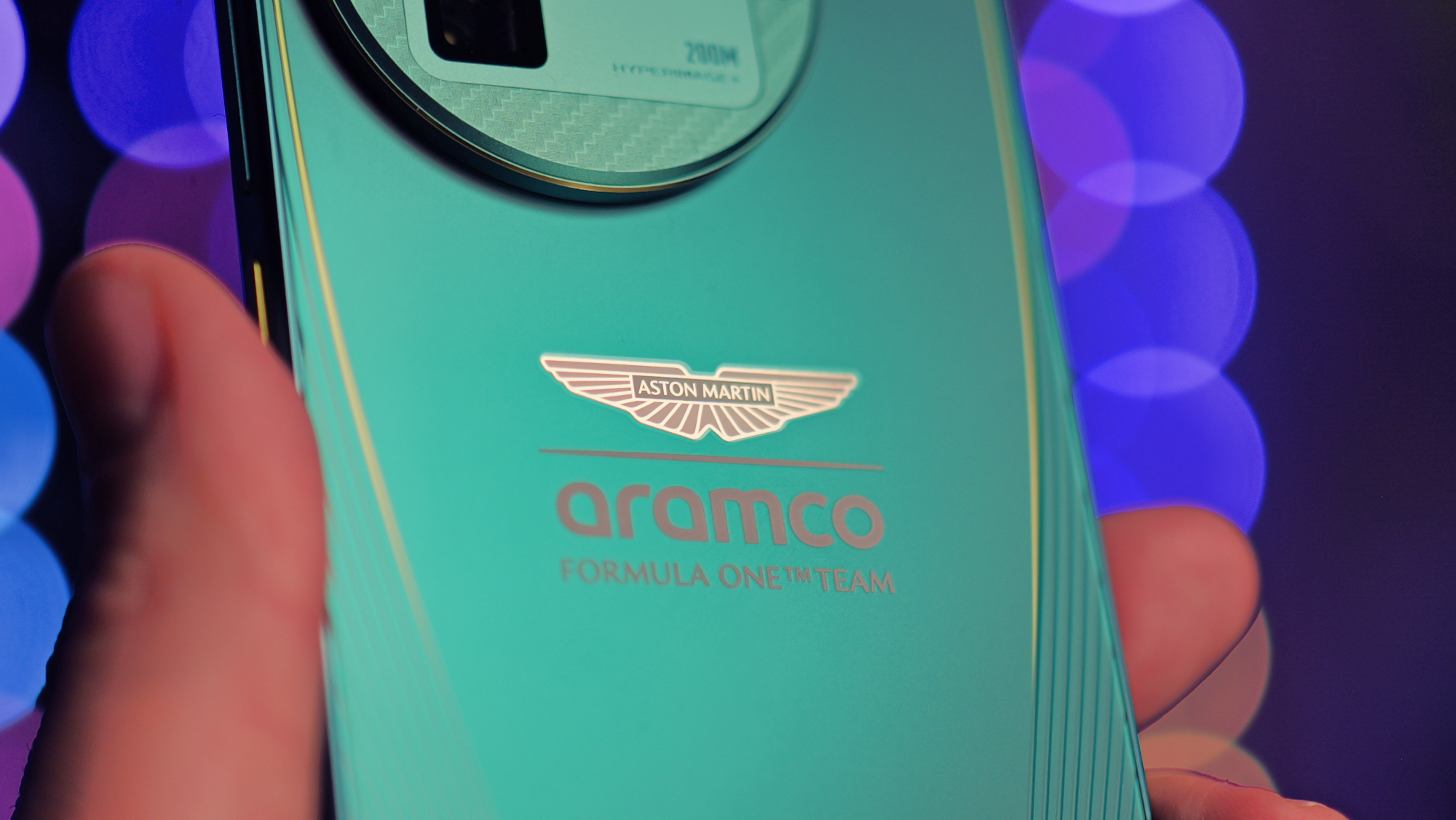
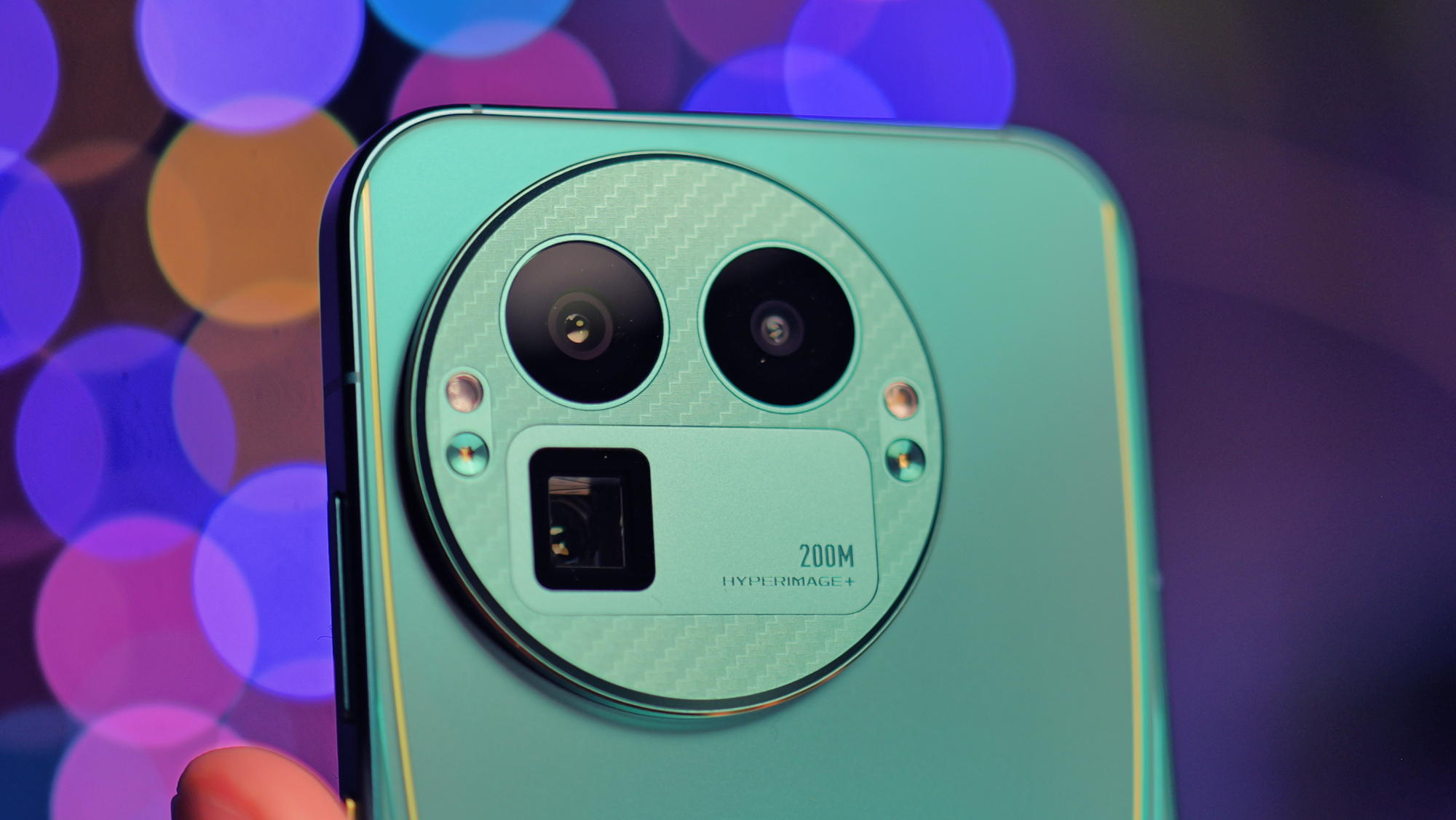
Otherwise, the phone is a fairly typical flagship slab. It has a completely flat front and rear, and the 6.79-inch display means it's just a hair smaller than the iPhone 17 Pro Max. However, unlike a lot of this year's top phones, this model forgoes extra buttons. It's the classic power key and volume rocker combo, with no Action Button or Camera Control equivalents to be found.
The screen is lovely, complete with the accurate colours and extreme contrast levels that you'd expect from a high-end OLED panel. It's quicker than most, too, supporting up to a 144Hz refresh rate. Whether you'll be able to notice the difference compared to 120Hz is debatable, but it'll give you some gaming street cred nonetheless.
The screen maxes out at 7000 nits in HDR, or 2000 nits in high brightness mode, so you'll never have trouble seeing it in the sunlight. It also supports full DC dimming, so your eyes should feel better after late-night scrolling sessions.
You also get a speedy and reliable ultrasonic under-display fingerprint scanner, some solid haptic motors, and an impressive set of speakers. Sure, they're not about to replace your headphones, but for watching videos around the house, these get the job done nicely.
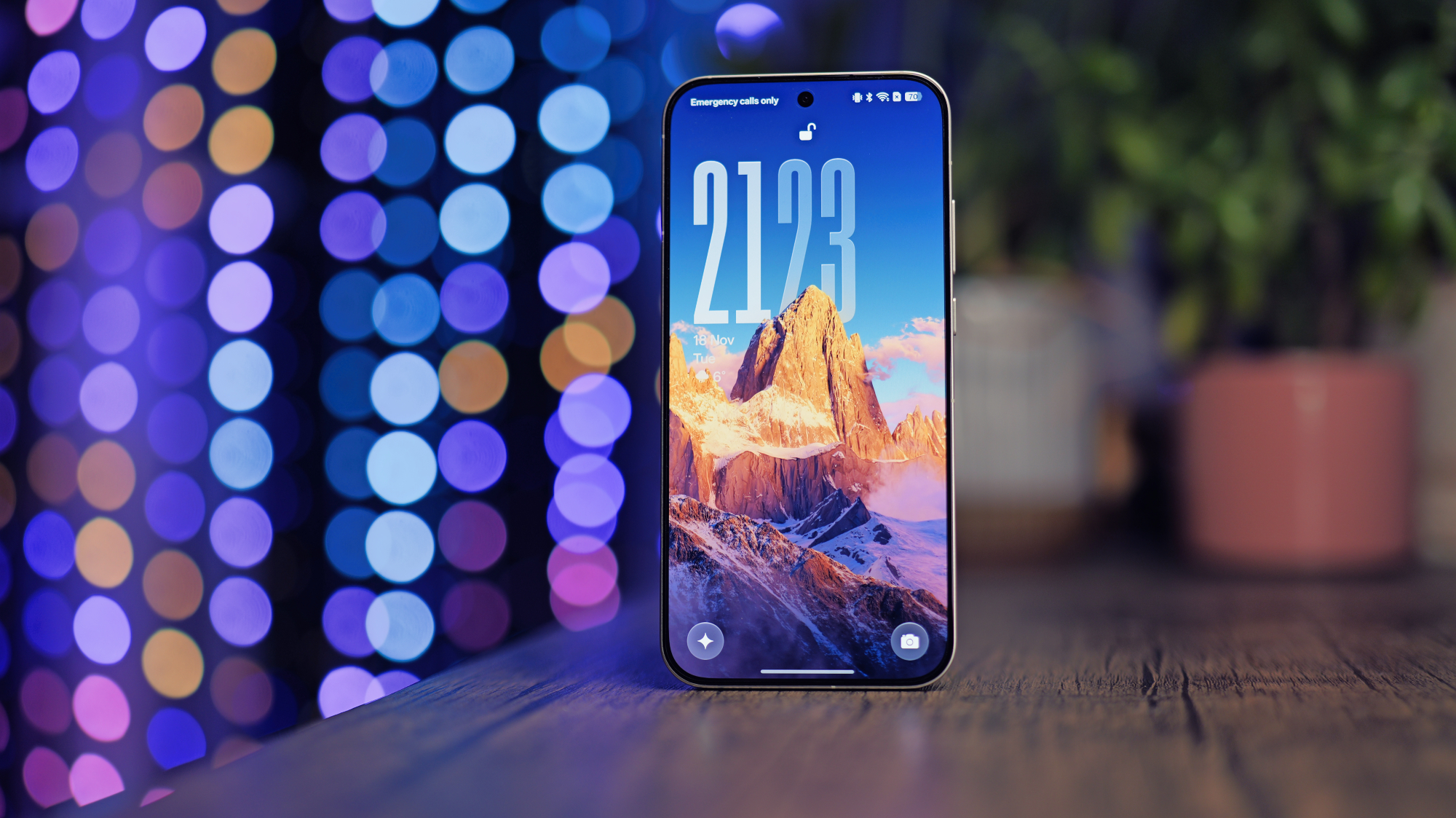
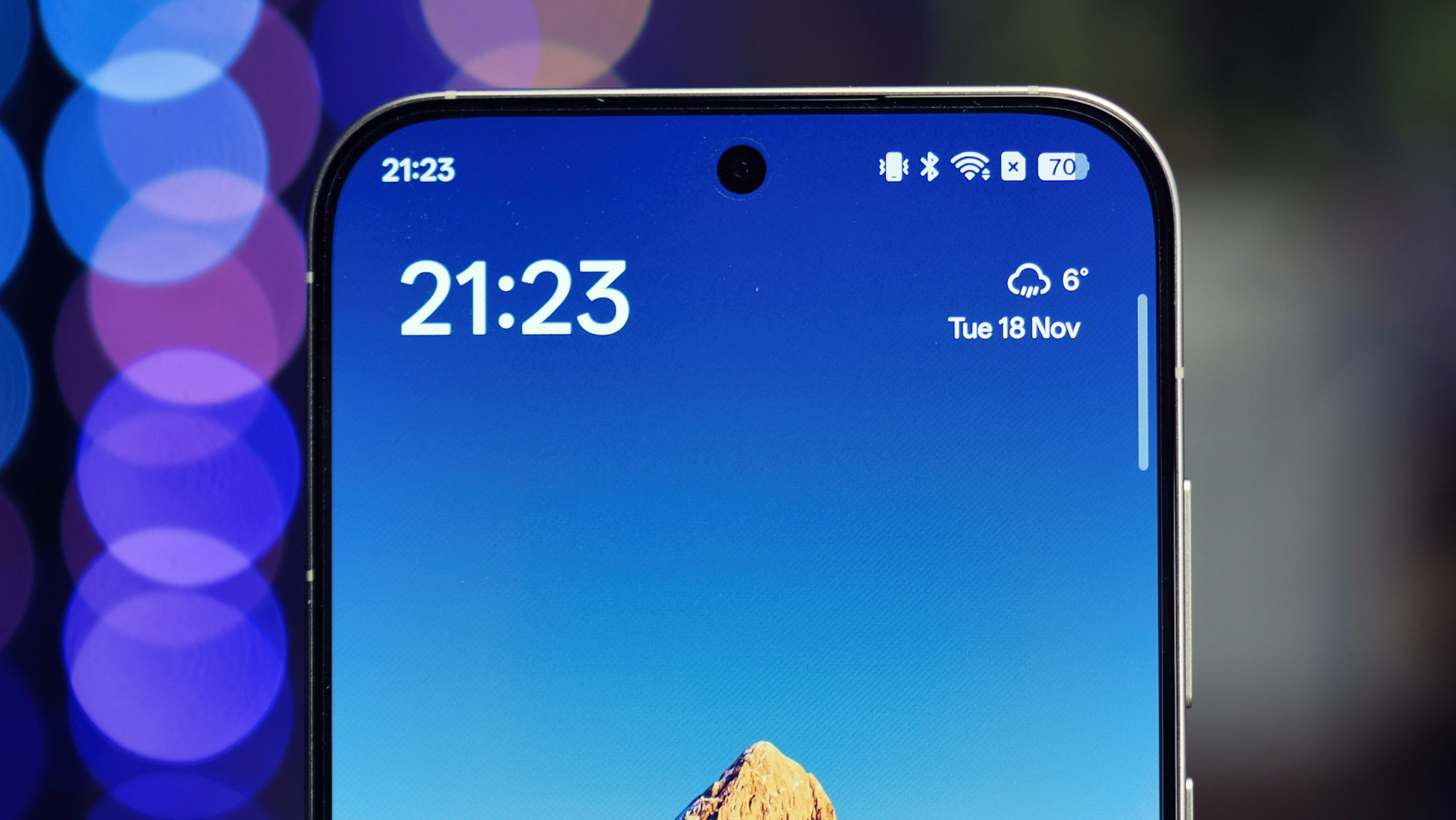

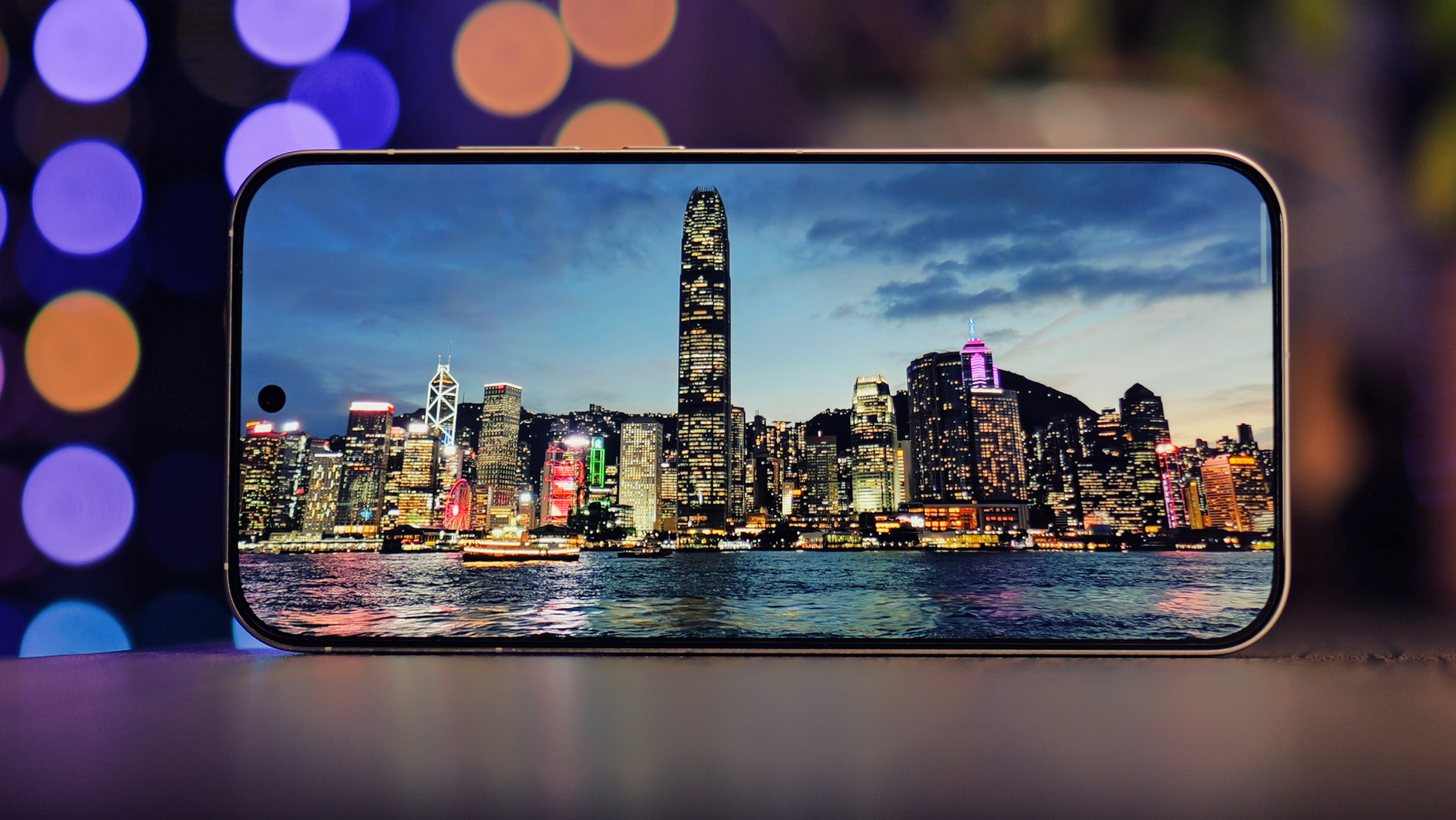
Camera Performance
The Realme GT8 Pro has a triple camera array on the rear. There's a 50MP main snapper with a 24mm equivalent focal length, an f/1.8 aperture and a 1/1.55-inch sensor. It's joined by a 200MP 72mm equivalent telephoto, which has an f/2.6 aperture and a matching sensor size of 1/1.55-inch. Finally, you get a 50MP 16mm equivalent ultrawide, with an f/2 aperture and a smaller 1/2.88-inch sensor.
Around the front, there's a 32MP f/2.4 punch-hole selfie camera. Overall, it's an impressive lineup of lenses, but I'll get my main frustration out of the way immediately: there's no autofocus on the ultrawide or selfie camera, so their usability is severely limited compared to the competition.

Thankfully, the minimum focus distance is quite good on both the main and telephoto cameras, so you can get some nice close-ups with either lens. I wouldn't quite call it macro, but with the aid of some digital zoom, you can get some very tight shots.
Of course, one of the defining features of this camera system is the new Ricoh GR mode. Once you enter this mode, you're greeted with a slightly different interface, including an elongated shutter button, just like you'd see on the GR IV.
This mode uses a completely different image processing process, developed in collaboration with Ricoh. There are five picture styles to choose from: Standard, Positive film, Negative film, Black and white and High-contrast black and white. Each style can be customised, and you can tweak things like the hue, saturation, sharpness and more. Then, you can also save your customised style as a preset for quick access in the future.

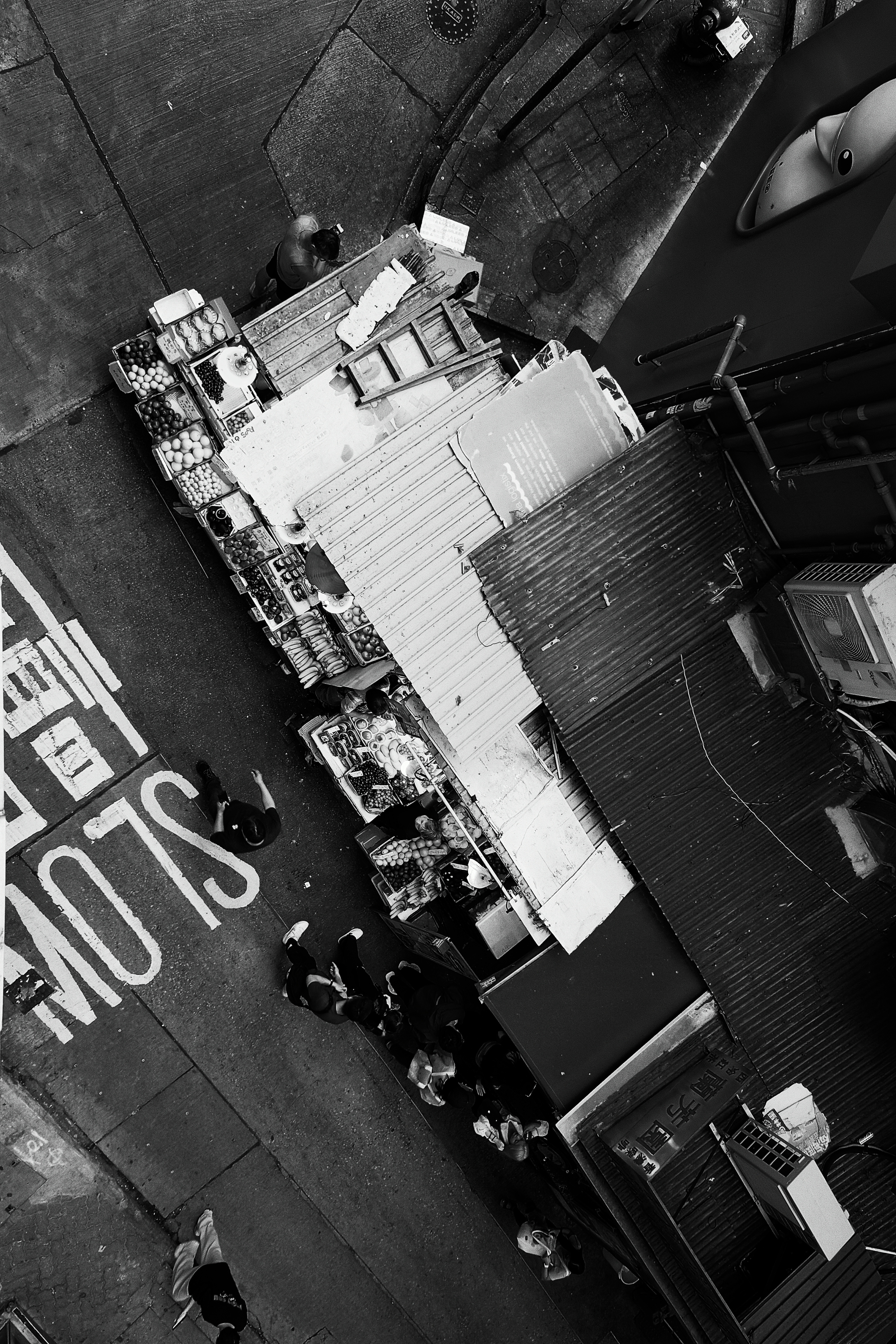


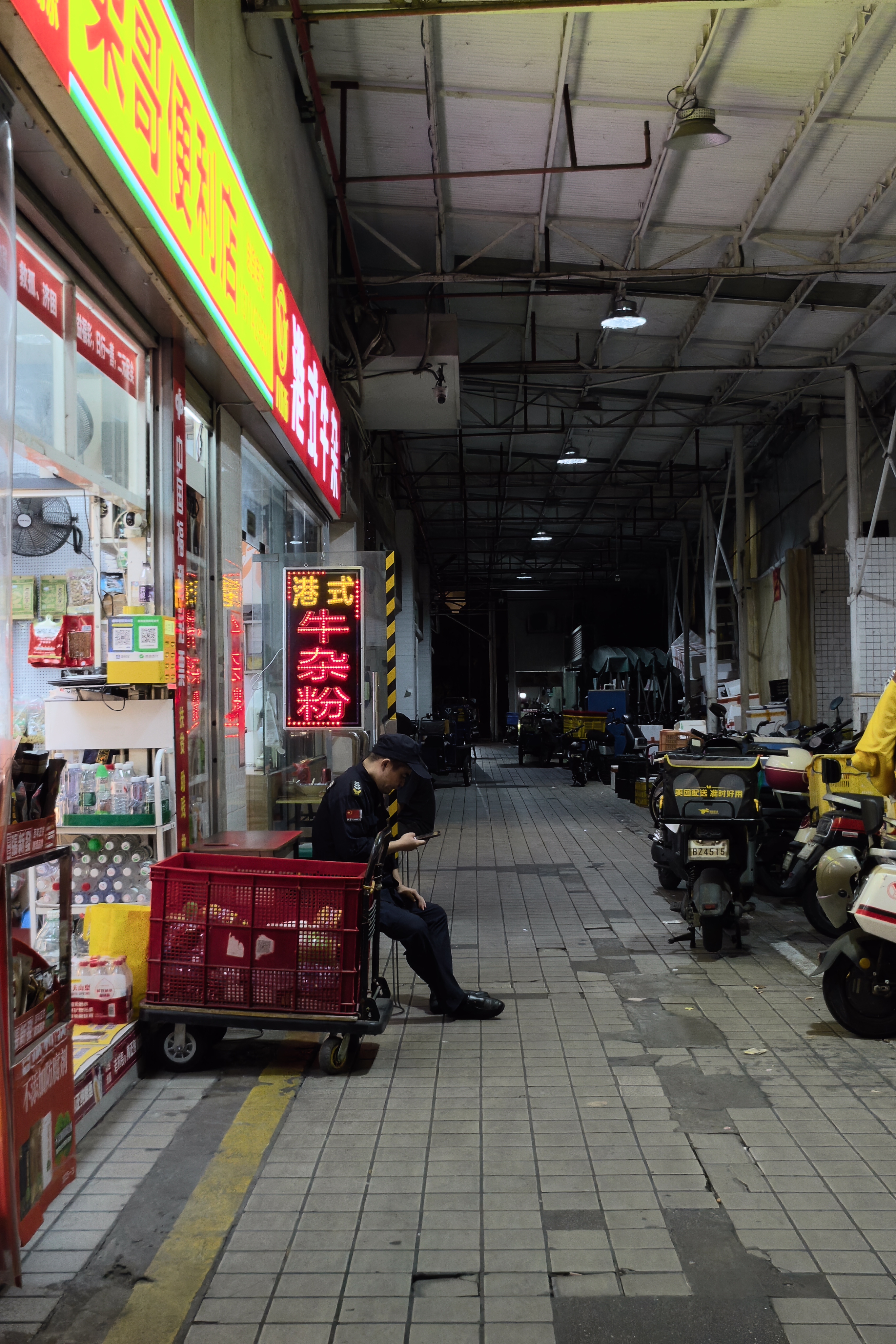
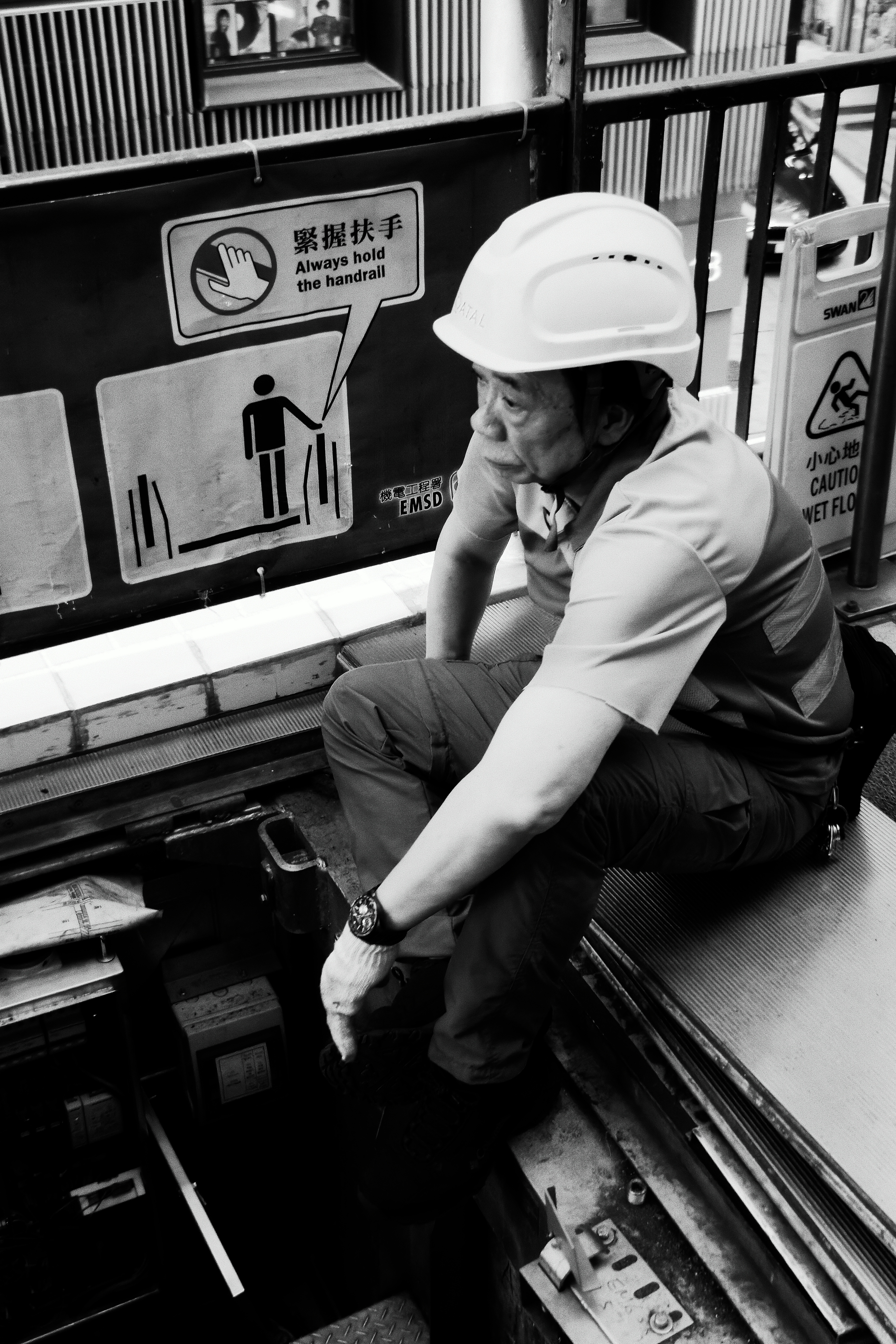
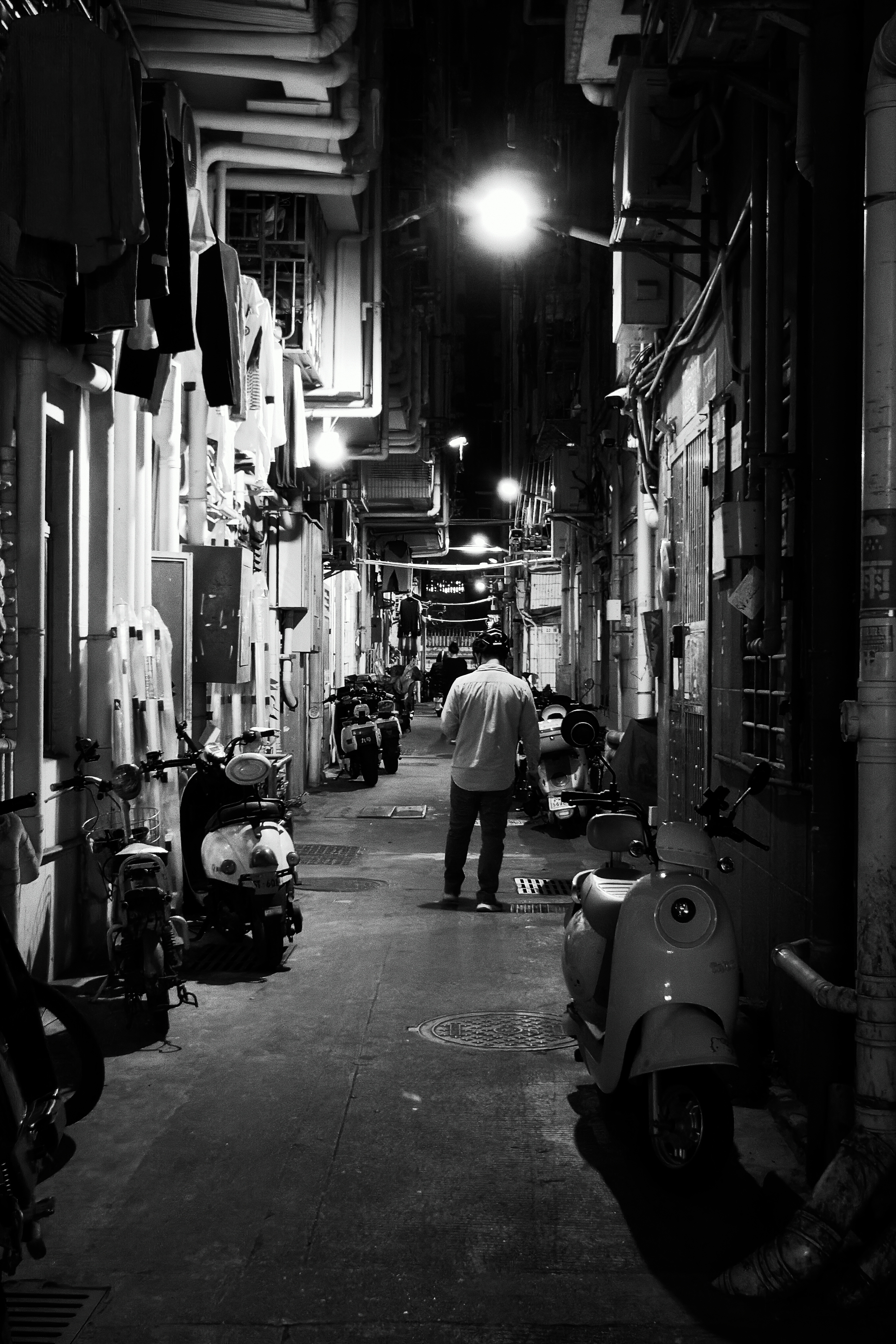
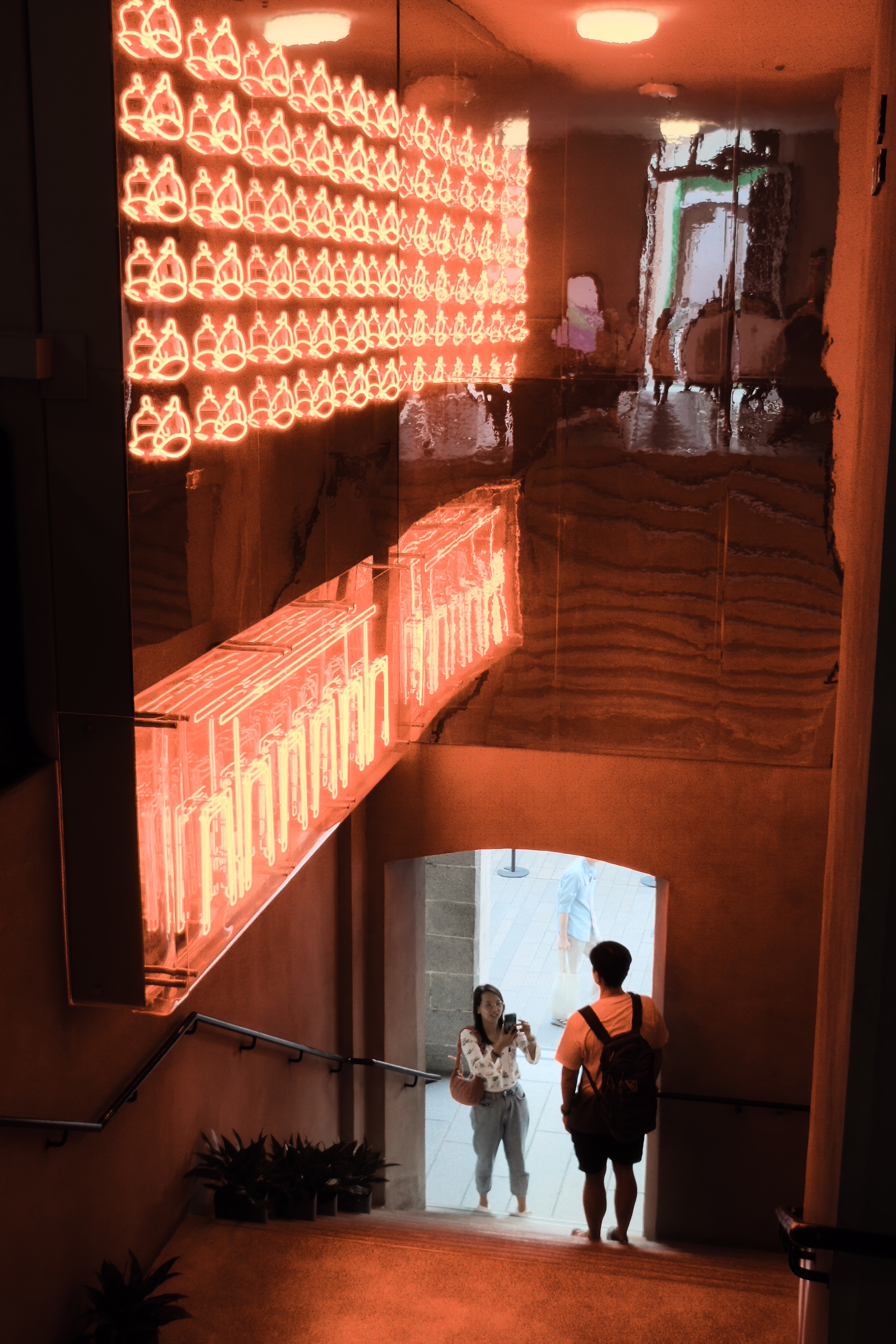

The mode also features Ricoh's signature Snap focus mode, so you can grab candid street shots without needing to wait for the autofocus to catch up. But, since the autofocus is already lightning quick on this phone, I didn't find that too necessary.
The picture styles are brilliant. Compared to the standard image processing, it's a less poppy and saturated look. There's less of an HDR effect, and some subtle film grain is applied, which makes images look a little more like they were shot on a camera, rather than a smartphone. It's not always the right choice; at times, I found that images were too dark using the standard Ricoh profile, but if you find that's the case, you can quickly switch back to the regular photo mode.
The GR mode only lets you select a 28mm or 40mm focal length (both digital crops of the primary camera). I totally understand the logic here, as it matches what you would shoot with a real Ricoh GR, but I couldn't help but wish the telephoto camera were available in this mode. There's no way to apply these picture styles after shooting, either.
Speaking of the telephoto, it's an impressive showing. The 72mm equivalent lens provides some nice compression with close-up shots, and the high resolution sensor allows for large digital zooms when you need some extra reach.
It's not quite as accomplished as the larger 1/1.4-inch 200MP sensor on phones like the Oppo Find X9 Pro and Vivo X300 Pro, but it isn't far off, and the results are often comparable.
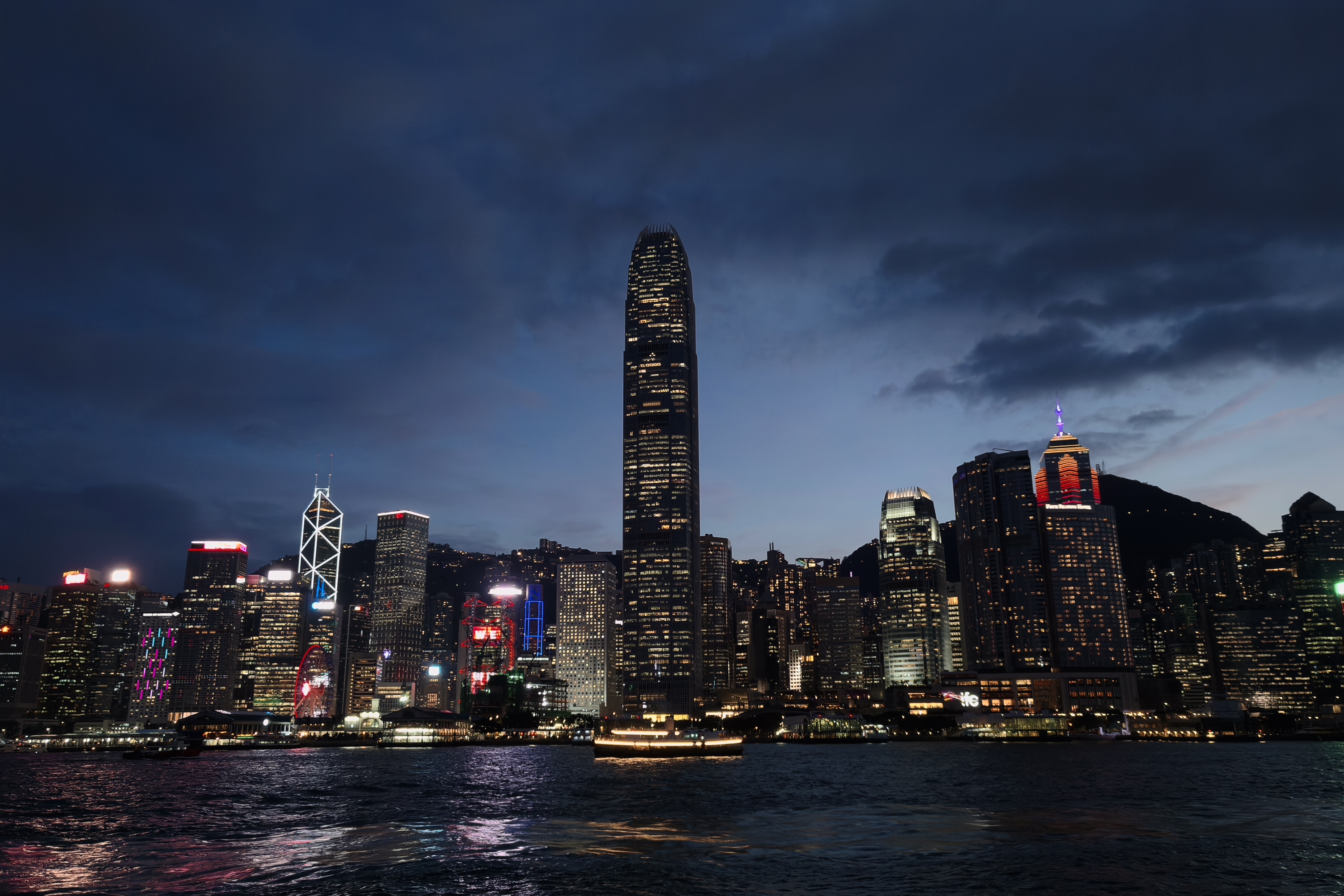
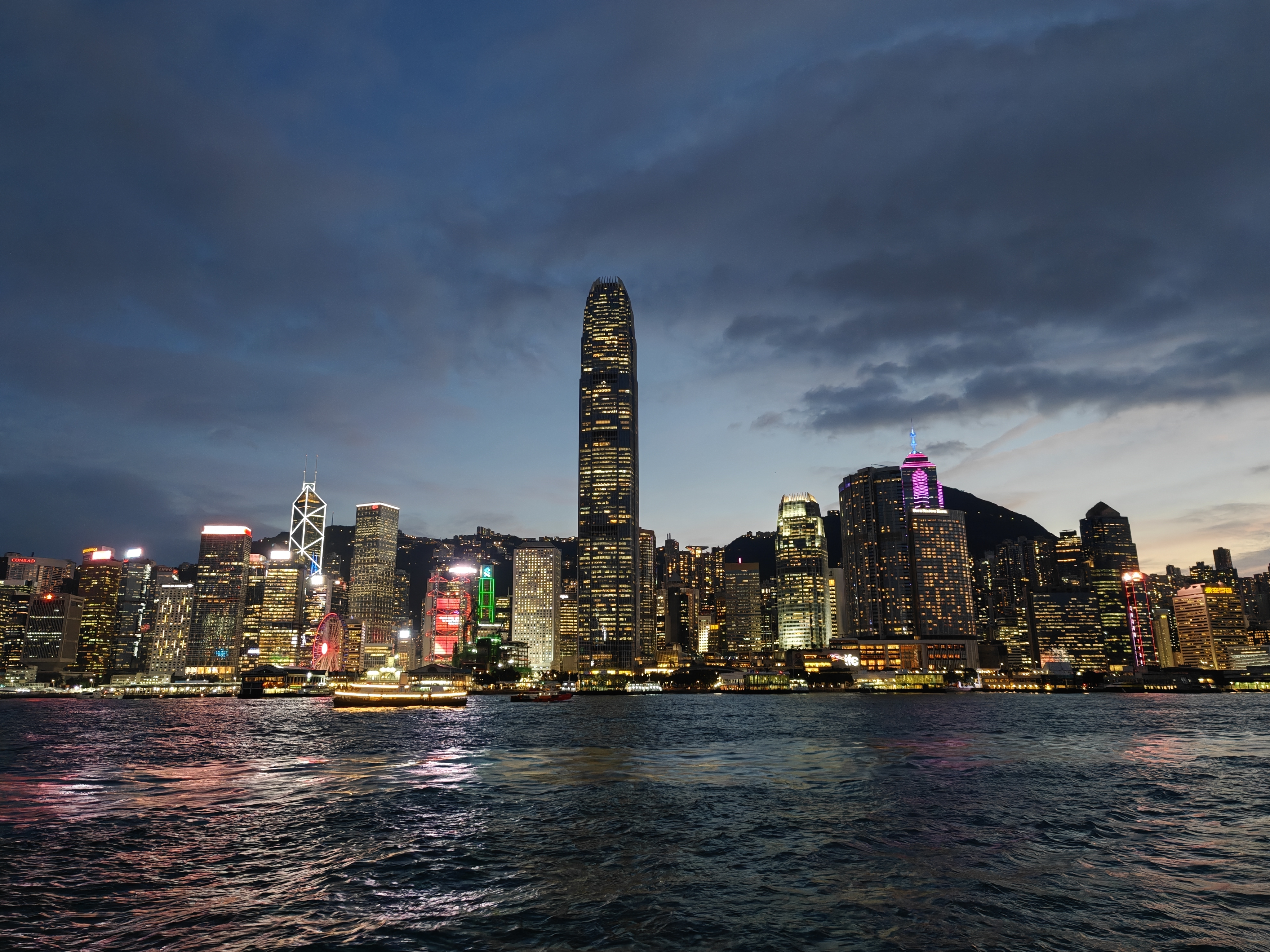
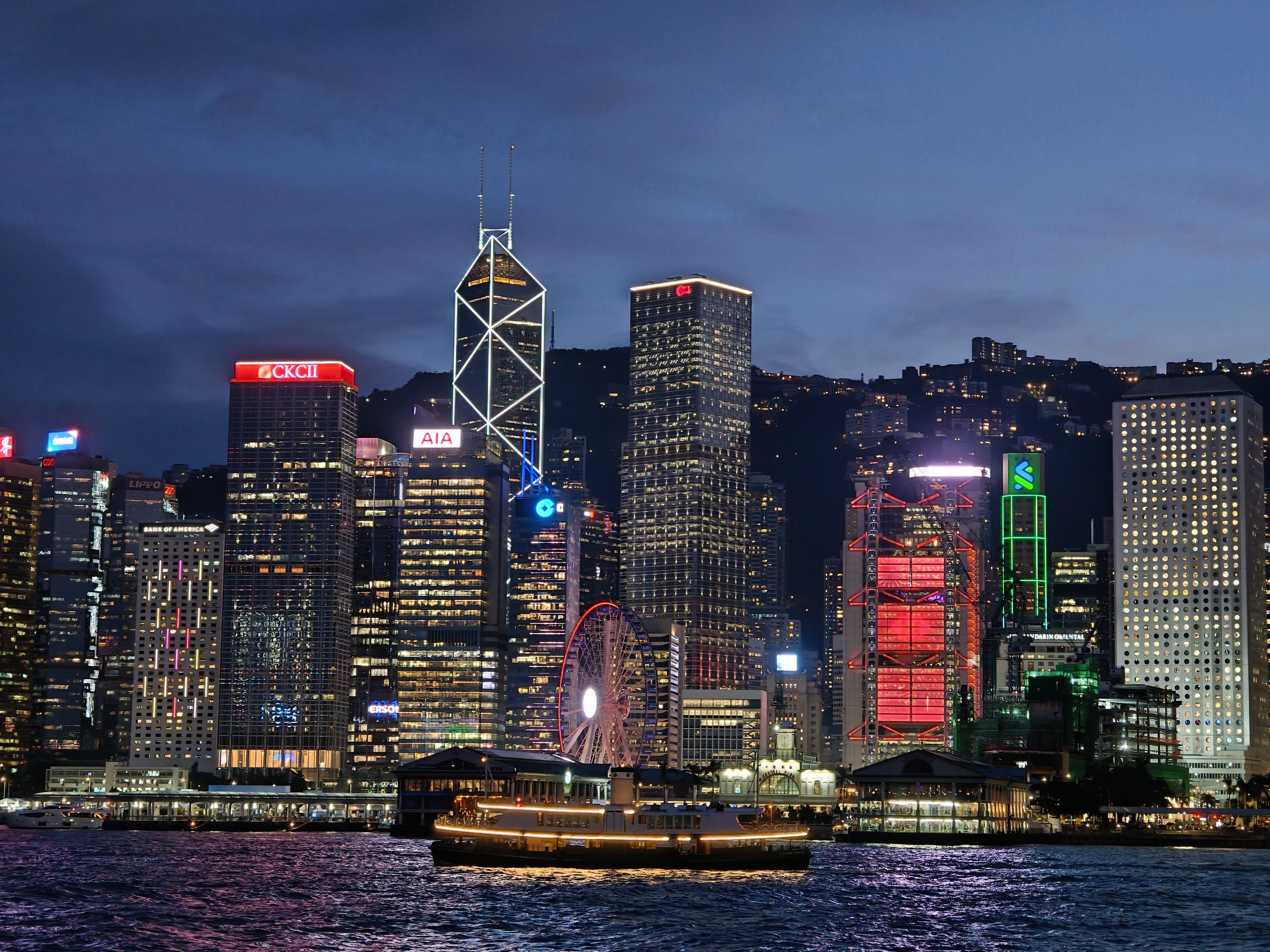
Really, it's only the ultrawide and selfie cameras that let the team down a little. That's not to say they're bad, far from it, but they aren't likely to impress as much. The ultrawide performs well with architecture and wide landscapes, but since there's no autofocus, that's all it's good for. The relatively small sensor sometimes struggles in low-light conditions, too.
The selfie camera, meanwhile, is just very middle-of-the-road. You can expect good results when the lighting is on your side, but it's not great in the dark, and the lack of autofocus means it's not ideal for group photos. On the upside, the portrait mode effects and cutouts are very reliable.
When it comes to video shooting, the Relame GT8 Pro hangs with the best of them. You can shoot at up to 4K 120fps on the main and telephoto camera, or even 8K 30fps, if you fancy. However, both of these modes lack EIS. It's not such a problem with 4K120 footage, as that'll look ok when slowed down, but 8K shooting will require a tripod or a gimbal.
You can also record in 10-bit LOG or Dolby Vision HDR, and the quality looks to be on par with the Oppo Find X9 Pro (it even works with the same conversion LUT). What's really impressive, though, is that you can still use either LOG or Dolby Vision when recording at 4K 120fps.


Phone Performance
The Realme GT8 Pro is powered by Qualcomm's newest and most powerful silicon, the Snapdragon 8 Elite Gen 5. This means it's an absolute speed demon, and it'll handle any game you can throw at it with ease, as well as speeding through tasks like video editing.
It's available in two configurations in Europe. The base model comes with 12GB of RAM and 256GB of storage, while the more premium model nets you 16GB of RAM and 512GB of storage. In either case, it should be ample for some heavy multitasking and give you plenty of space for all your photos and videos.
The phone runs Realme UI 7.0, the brand's custom flavour of Android 16. It's almost identical to Oppo's Color OS, and since that's already my favourite Android skin, I have no complaints about seeing it again here.

There's a distinct Apple influence on the latest iteration of this OS. You'll find everything from a Dynamic Island clone to Liquid Glass elements and some very Apple-y lock screen themes. It may not be the most original design language, but hey, it looks and feels great, so I'm certainly not complaining.
My favourite Color OS feature is present on this model, too. You can use AI to read any webpage aloud in an extremely natural-sounding voice. I love to be able to catch up on the latest tech news while I'm doing my chores, and while some other phones can do this, few offer the flexibility to work across multiple apps and browsers. I'm not often sold on AI productivity features, but this one is legitimately handy.


The performance of this phone has been rock solid throughout my testing. No matter if I'm running Wuthering Waves at maximum settings or chopping up 4K footage in Luma Fusion, the GT8 Pro breezes through it.
Another highlight is the battery. It's a 7000 mAh cell, so larger than most, but not quite matching the gargantuan battery of the Find X9 Pro. I found I could make it about two days on a charge without much difficulty, but of course, your mileage may vary, depending on how much you use the camera or play games.
It also charges in a flash. It supports up to 120W speeds, and that speedy charger is generously included in the box. That'll take you from fully dead to about 50% charged in just 15 minutes. If you prefer wireless charging, the GT8 Pro can be juiced up at up to 50W with a compatible SuperVOOC charging pad.
Verdict
There's a lot to love about the Realme GT8 Pro, and no matter what you want from your phone, you're sure to find something to enjoy here. The performance is top-notch, the software is among the best, the battery life is great, and it charges super quickly. The modular design is a bit gimmicky, but it does mean that you can adapt it to your preferences, so I suppose there's some utility there.
When it comes to the cameras, it's a solid showing. I was really pleased with the images and videos I was able to capture with the GT8 Pro in a variety of conditions. My only major complaint is the lack of autofocus on the ultrawide and selfie cameras, which really holds this system back from competing with the best in the business.
Whether I can recommend the Realme GT8 Pro or not really comes down to the pricing. If you're in India, this phone is very competitively priced, but rumours say European pricing will be much higher.
While the performance may be just as powerful, the camera hardware simply doesn't compete with the likes of the Oppo Find X9 Pro. So, if this phone is significantly cheaper, it's well worth considering, but if it's priced similarly, you'd be better off with a full-fledged flagship.
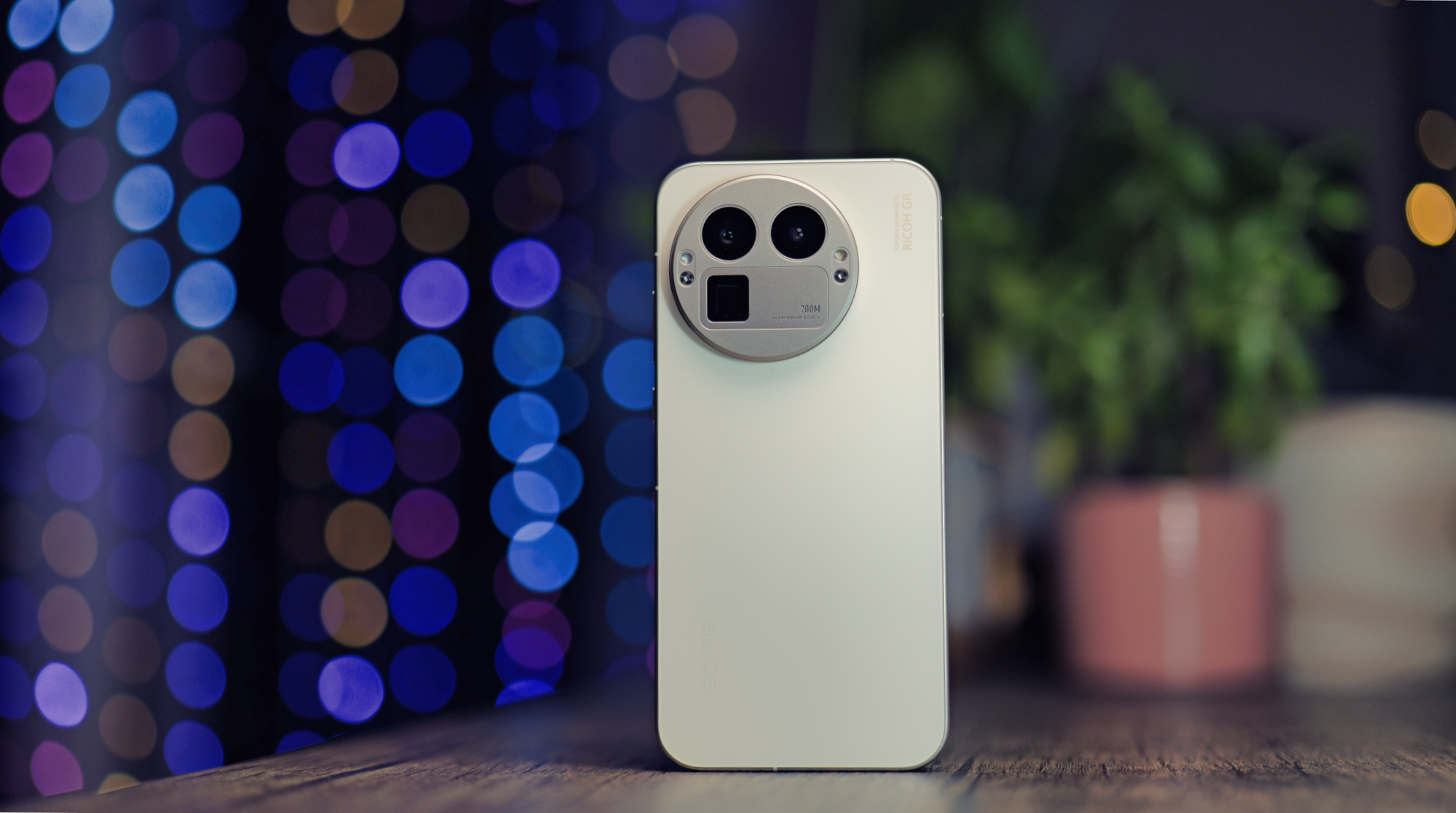
Alternatives
In many ways, the Oppo Find X9 Pro feels like the bigger brother to the GT8 Pro. The fundamentals are very similar, but the Oppo gives you better camera specifications and larger sensors, a bigger battery, and a nicer screen with slimmer bezels. You do, unfortunately, lose out on the lovely Ricoh GR film sims, but you get plenty of Hasselblad goodies instead.
<p><strong>Read the full <a href="https://www.digitalcameraworld.com/tech/android-phones/oppo-find-x9-pro-review"><strong>Oppo Find X9 Pro reviewIf it's available in your region, the Vivo X300 Pro is a seriously tempting alternative. Again, it just feels a little more flagship-grade than the Realme, with larger camera sensors and autofocus on every lens. You should be aware, though, that the battery won't last as long, especially the European model with its 5440 mAh cell.
<p><strong>Read our <a href="https://www.digitalcameraworld.com/tech/android-phones/good-luck-taking-a-bad-photo-on-this-zeiss-co-engineered-smartphone"><strong>Vivo X300 Pro hands-on
Luke is a freelance tech journalist who has been working in consumer electronics for over a decade. His specialties include cameras, drones, computing, VR, and smartphones. Previously Features Editor at Pocket-lint, Luke can now be found contributing reviews and features to a variety of tech publications, as well as running a YouTube channel called Neon Airship in his spare time.
You must confirm your public display name before commenting
Please logout and then login again, you will then be prompted to enter your display name.
